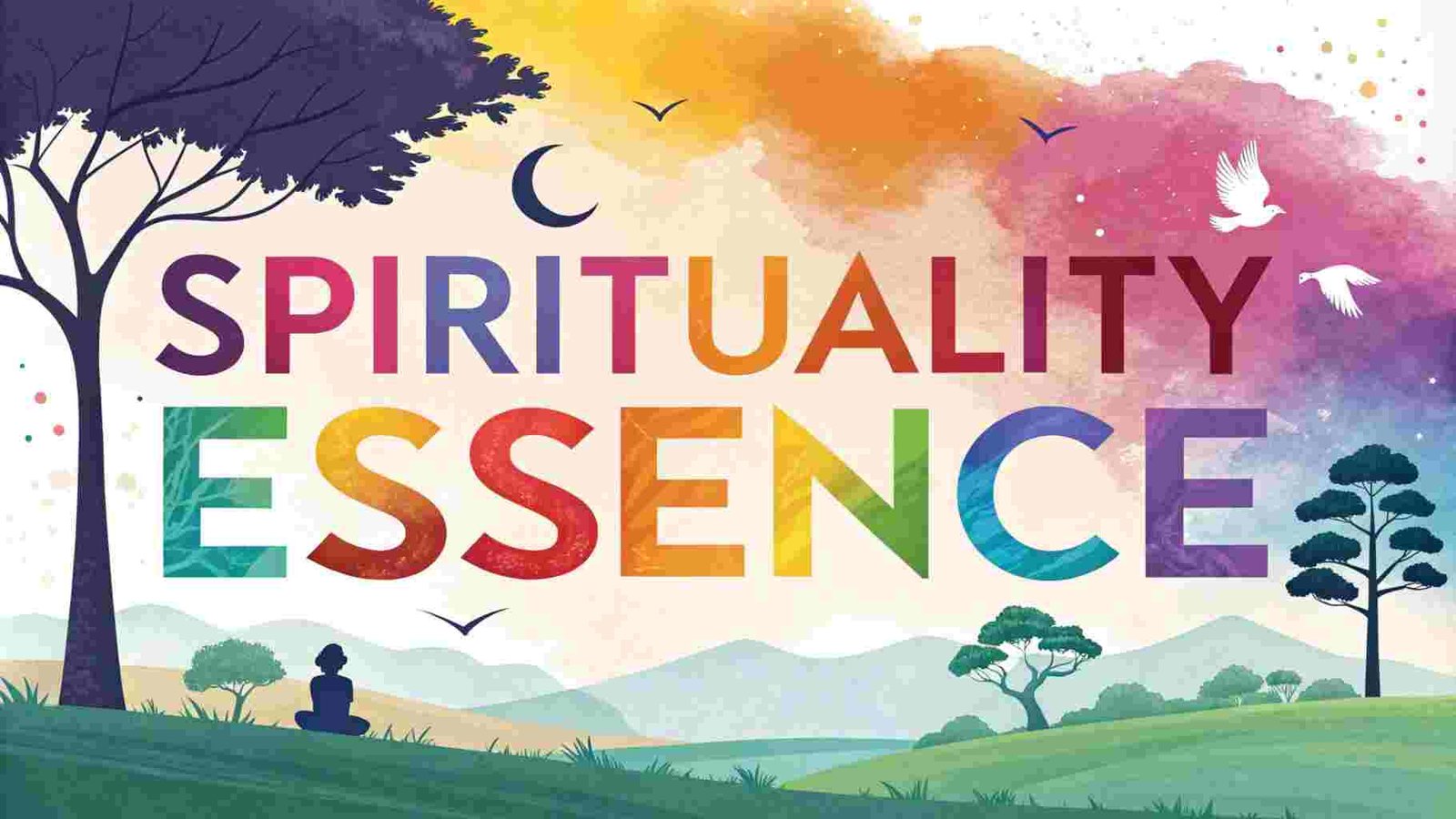Pyramids are amazing structures with sharp points and simple shapes. They act as bridges between our world and the divine, showing our wish for forever life. Their strong shape stands for stability, but there is more to them than meets the eye.
Think about how pyramids align with stars in the sky or how different cultures see them. Each part of a pyramid has its own meaning, and there is so much to learn about their spiritual importance. These ancient buildings invite us to dig deeper into their stories and discover more about their significance.
Key Takeaways
Pyramids are symbols of forever. They show how human achievements can last through time. Their precise shapes stand strong and stable, representing a sacred structure that endures.
The Ancient Egyptians thought of pyramids as doorways to the afterlife. This idea highlights their special place in their beliefs about life and death. Pyramids helped people feel connected to their traditions and the cosmos.
In Mesoamerica, pyramids were important religious sites. They brought communities together and reminded people of their gods. This made shared beliefs and customs stronger.
Today, pyramid symbols inspire personal growth and community strength. They remind us of our links to the past and the things that are eternal.
The Geometric Precision of Pyramids
Pyramids are amazing structures that show off great geometry. When you see a pyramid, you notice how perfectly the angles and shapes fit together. This isn’t just for looks; it makes the pyramid strong and stable. Each side is carefully measured to create balance and harmony.
Think about the builders from long ago. They understood these rules of geometry very well. They made pyramids that last for a long time.
As you explore pyramids, you can feel how their shapes create spaces that make you think and connect with others. By appreciating them, you become part of a long history of people who admire these incredible structures.
Every pyramid stands tall as a symbol of what humans can achieve and our desire to find our place in the world.
Celestial Alignments and Astronomical Significance
When you look at a pyramid, you can see how it lines up with the stars and sun. The people who built these pyramids knew a lot about the sky. They wanted to connect their lives on Earth with the movements of the cosmos.
During solstices and equinoxes, the sun shines in special ways on these structures. This shows that the builders thought carefully about how to place them. They used the sun and stars to help them plan their work and make their pyramids special.
These alignments do more than build big structures. They create a link between the Earth and something greater. By aligning with the sun and stars, they kept track of time and found their place in the universe.
This connection shows that people have always wanted to understand their lives and find meaning. The pyramids are like a bridge that brings our everyday world together with the vastness of the sky.
Pyramids in Ancient Egyptian Cosmology
The pyramids are amazing buildings, but they mean much more than just great architecture. Ancient Egyptians believed these structures were gateways to the afterlife. They saw the pyramids as a way to connect with eternity.
Craftspeople built pyramids with specific techniques that showed their spiritual purpose. These buildings lined up with stars, which helped people believe in life after death. When you look at these large structures, think about how ancient Egyptians imagined their kings rising to the sky. They hoped for a successful journey into the afterlife.
The shape of the pyramids wasn’t just for looks; it also showed how Earth and the sky were linked. This made people feel close to the divine and gave them a sense of continuity in their beliefs about life after death.
The pyramids continue to captivate us, sharing a piece of ancient Egyptian culture and their hopes.
Mesoamerican Pyramids and Their Spiritual Context
Mesoamerican pyramids stand tall above the jungle floor. They were important buildings for ancient people like the Maya and Aztecs. These pyramids weren’t just big structures; they were also places for spiritual activities and ceremonies. They helped people feel connected to the world above and gave them a sense of community.
- Religious Importance: Each pyramid was made for specific gods. This showed how devoted the people were to their beliefs.
- Ritual Spaces: The pyramids were venues for key ceremonies. People performed rituals and sacrifices to please the gods and ensure good fortune.
- Star Alignments: Many pyramids were built to line up with the stars. This helped people track seasons and plan their farming.
These structures were key to life in Mesoamerica, helping to bring everyone together in faith and tradition.
The Contemporary Legacy of Pyramid Symbolism
Pyramid symbols are still important in today’s world. You can see them everywhere—in buildings, art, and even in some spiritual practices. People often think of pyramids as symbols of strength and support.
These shapes connect communities by bringing people together. They remind us of shared values and dreams. In modern architecture, pyramids inspire creativity with their unique designs. They also show up in movies and books, connecting us to deeper themes.
Pyramids symbolize personal growth and the search for knowledge. They help us feel like part of something bigger, like a big family. In a world where we often feel alone, these symbols remind us of our shared journey in life.
Embracing pyramid symbolism can help us feel more connected and rooted.
Frequently Asked Questions
What Materials Were Primarily Used to Construct Ancient Pyramids?
Ancient pyramids were built using large blocks of limestone. These strong stones made the pyramids very sturdy. On the outside, the builders used granite to cover the pyramids, giving them a shiny look. These materials showed how clever the builders were and how careful they were in making such big structures. You can’t help but be amazed by these huge creations!
How Did Pyramid Construction Techniques Evolve Over Time?
Pyramid construction techniques have changed a lot over time. In ancient days, people used simple tools and methods to build these huge structures. They started with small pyramids and learned as they went.
Today, we have cool technology, like drones, to study these sites. Drones help us see how the pyramids were built and understand their designs better. By using both old ideas and new tools, we can learn a lot about these amazing structures.
Are There Pyramids Outside of Egypt and Mesoamerica?
Yes, there are pyramids outside of Egypt and Mesoamerica! You can find these ancient structures in places like Sudan, Greece, and Cambodia. These sites show how different cultures and civilizations all around the world have created impressive buildings over time. It’s amazing to see the shared creativity of humanity in architecture.
What Role Did Pyramids Play in Local Economies?
Pyramids helped local economies in many ways. They acted as important stops along trade routes, making it easier for people to buy and sell goods. To build and maintain these pyramids, many skilled workers were needed, which created jobs for local people. This brought communities together and strengthened bonds among residents. Overall, pyramids played a key role in making regions grow and thrive.
How Did Pyramid Building Influence Nearby Cultures and Societies?
Building pyramids helped people share ideas and skills. Artisans learned from one another and exchanged building techniques. This sharing led to new designs and styles, which inspired nearby communities.
As people worked together, they formed connections and friendships. This teamwork made everyone feel more united and strengthened their identities. Different regions started to bond over their shared crafts and experiences. Pyramid building was more than just construction; it was about bringing people together and sparking creativity.

Hello, I’m Zephyra, your guide at SpiritualityEssence.com. I’m passionate about uncovering life’s mysteries and sharing transformative insights. Let’s explore mindfulness, ancient rituals, and the path to a more awakened life together. Join me on this spiritual journey!

















